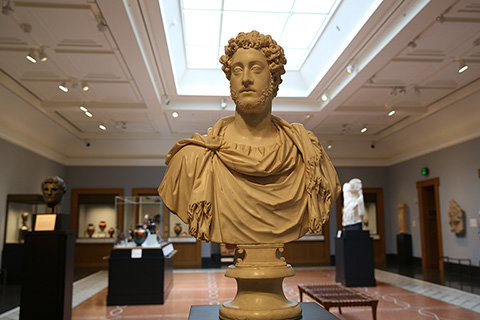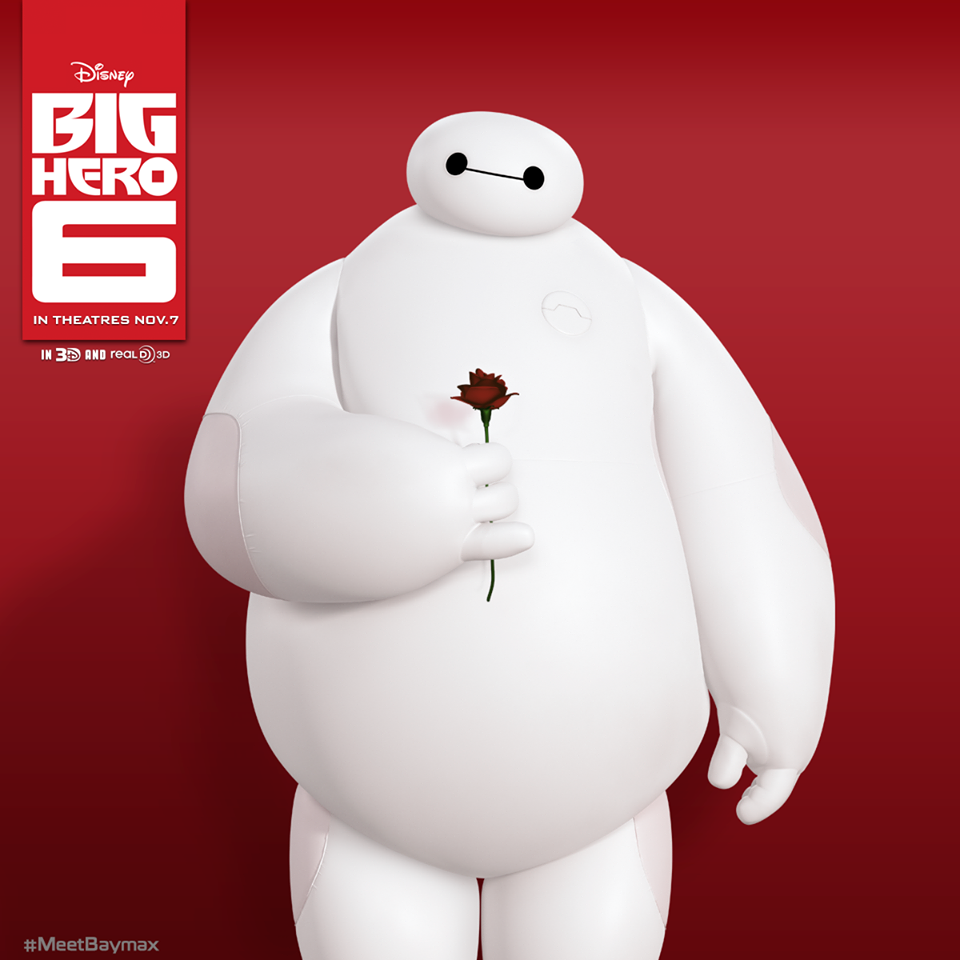In this week’s lecture, Professor Vesna once again shows how
art can be applied to disciplines otherwise regarded as completely irrelevant to
art itself. The lecture raised several questions that piqued my interest and
guided my understanding to how robotics and art intertwine. How do artists use mechanization in their
work?
One of the earliest examples of technology and science
merging with art traces back to the invention of movable type and the printing
press. These breakthroughs changed the way people would see the world by
introducing mass reproducibility and ushered in the Enlightenment and
Scientific Revolution (Vesna, 2015).
 |
| Reproduction of Hadrian Bust |
Through the lens of Walter Benjamin, however, the age of
Mechanical Reproduction has caused art to lose its uniqueness and authenticity,
its “aura” and “its presence in time and space, [and] its unique existence at
the place where it happens to be” (Benjamin 2). While I understand Benjamin’s opinion,
I believe the reproducibility of original pieces has allowed the masses to
develop a newfound appreciation for art by making original pieces more
accessible around the world. Personally, I found an interest in Greek and Roman
art and architecture only because I was able to see pictures in my classes and
reproductions at the Getty Villa in Malibu.
 |
| BayMax from Big Hero 6 |
Mechanization opened up possibilities and venues for the
arts and science to come together in unprecedented ways. The idea of robots was
born out of the mechanization of labor and has become a popular theme in many
forms of art today. For example, the animated movies Big Hero 6 and Wall-E utilize
robots and portray them as conscious beings. These movies follow the Japanese
portrayals of robots as human friends as opposed to the American portrayals of
robots as invasive inventions as described by Professor Kusahara (Kusahara, 2015).
Another clear example of the intersection between science,
math and art is through Dr. Mari Velonaki’s Diamandini statue, which was
installed at the Victoria and Albert Museum in London. The Diamandini statue’s
primary goal was to gather data on how visitors of the museum interacted with
the installations and attempt to make an emotional connection to engage with
humans (Lim, 2013).
These examples show how art and science are converging in
today’s society and are tell-tale signs of how they may be associated with one
another in the future.
References:
1. "Art | Getty
Villa." The J. Paul Getty in Los Angeles.
Http://www.getty.edu/. Web. 19 Apr. 2015. <http://www.getty.edu/visit/villa/art.html>.
2. "Baymax/Gallery." Disney
Wiki. Http://disney.wikia.com/. Web. 19 Apr. 2015.
<http://disney.wikia.com/wiki/Baymax/Gallery>.
3. Benjamin, Walter. The Work of Art in Age of Mechanical Reproduction. Marxists. 1936. N.p. Web. 19 Apr 2015.
<http://www.marxists.org/reference/subject/philosophy/works/ge/benjamin.htm>.
4. Lim,
Angelica. "What Roboticists Can Learn From Art, and What Artists Can Learn
From Robots." IEEE Spectrum. N.p., n.d. Web. 02 July 2014.
<http://spectrum.ieee.org/automaton/robotics/diy/what-roboticists-can-learn-from-art>.
5. Vesna, Victoria. “Robotics
MachikoKusahara 1." Cole UC online. Youtube, 14 April 2012.
Web. 19 April 2015.
https://www.youtube.com/watch?t=137&v=xQZ_sy-mdEU
https://www.youtube.com/watch?t=137&v=xQZ_sy-mdEU

No comments:
Post a Comment